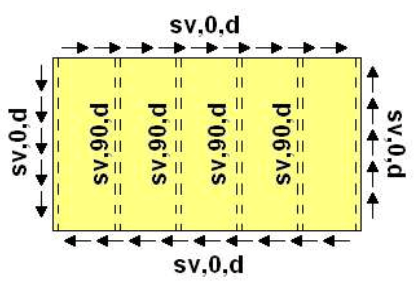Sanira
Structural
- Oct 9, 2019
- 27
Suppose you have a very long wood shear wall. In reality, the long shear wall is divided into a number of panels at shop for installation at site. How do you guys analyse the overturning of shear wall for chord forces and hold down design? Do you divide and analyze the walls separately or do you analyze one long shear wall? Or do all the wall segments act as one long wall as they are connected together by top wall plate? Thanks.


